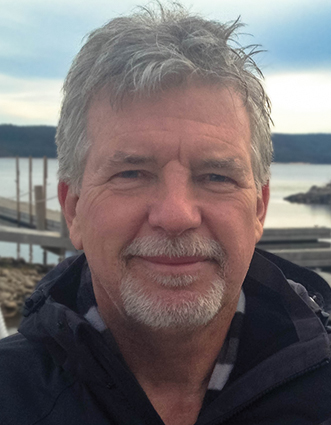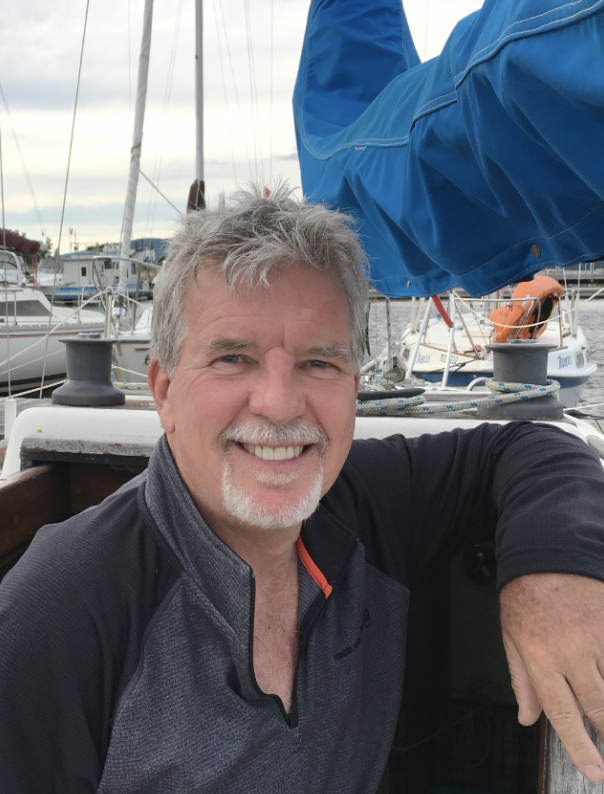
Dr. Malcolm Griffiths
Fuel Material
BIOGRAPHY
Dr. Malcolm Griffiths obtained his PhD in Physical Metallurgy from the University of Birmingham in 1981. After a three-year post-doctoral term working on radiation damage in Ti-alloys he joined AECL at the Chalk River Laboratories in 1984. He has worked on various aspects of materials performance in nuclear reactor cores during his 32 years with AECL. As manager of the Radiation Damage and Deformation Branch Malcolm was instrumental in developing strategies to support CANDU refurbishment that addressed improving pressure tube performance and the degradation of Inconel X-750 core components. Up until his retirement he was chair and project manager for the Candu Owners Group (COG) R&D program on pressure tube deformation and the COG joint project on Inconel X-750 spacer degradation.
From 2003-2013 Malcolm was on the editorial advisory board for the Journal of Nuclear Materials and was an editor from 2013-2016. In 2007 he was recipient of the 2005 Kroll medal from the American Society for Testing and Materials for his pioneering work on microstructure evolution in zirconium alloys during irradiation. He has published nearly 100 papers on material characterisation and reactor core materials performance. He is currently adjunct professor at Queens University, Department of Mechanical and Materials Engineering.
How did I get started in my career?
When my father died about 10 years ago I went back to England for the funeral. I was helping my brother to prepare my father’s house for sale. Wading through the “maelstrom” of documents I came across some old files from when I was a physics student at Bristol University. There was an essay I had written when I was 20 years old about radiation damage in nuclear reactors. I had forgotten, but was reminded on seeing it that we had a choice from a list of about 50 topics on which to write essays as part of a course requirement in metal physics. Topics included wave-guides, superconductivity and other physically interesting phenomena. But, I was clearly fascinated by the effects of irradiation on materials. Looking back after 30 years I was amused to see that I had followed my dream and feel very fortunate to have had the opportunity to commit my working life, and now retirement, to the pursuit of the study of radiation effects on nuclear materials.
Career History
Through a series of fortunate events I started my career by studying electron damage in zirconium at Birmingham University. My supervisors were Mike Loretto and Ray Smallman, two legendary figures in the field of electron microscopy and physical metallurgy. I was an average student and after my PhD thesis defense (which I passed in 1981) I remember that Mike asked me why I looked so glum. I told him that I felt terrible because I realised how stupid I was. I told him that I felt small enough to exit the room by sliding under the door rather than walking through it. “Good,” he said, “then we have been successful.” “If you had left this place without the right amount of humility we would have failed.” That was the start of my ongoing endeavour to learn and improve.
I joined Atomic Energy of Canada Limited in 1984 working in the Metallurgical Engineering Branch amongst engineers and scientists who were world-renowned in the field of zirconium metallurgy. I ended my career in 2016 as the manager of essentially the same branch, although the name had changed to “Radiation Damage and Deformation”. When polling the staff for a name change I sent out a note with a list of suggested names to solicit feedback. I told them that my favourite was “Radiation Damage and DefamationJ”; striving for humility, for myself and my staff, was something important to me, although I had not realised it until then.
How did I get introduced to A.N.T. International?
AECL had been a subscriber to ZIRAT and LCC. I had sent staff to the ZIRAT courses and I had also gone to one or two seminars over the years. I found ZIRAT to be a refreshing break from immersion in the Canadian nuclear industry. It provided me with insight into the issues affecting nuclear reactors other than the CANDU. ZIRAT allowed me to see the LWR world through a different perspective, that of the CANDU scientist/engineer. I had given one or two guest lectures so I was familiar with the format and goals of the organisation. I was fortunate that Peter knew me and knew that I was a potential contributor in my retirement. I retired from AECL a little earlier than I had planned, partly because I was eager to start in a new role with ZIRAT, it felt right. There is a time in most people’s career when one has gained a critical mass of knowledge and experience that allows one to make connections that others may not see, rather like being in the matrix. For me this is an exciting time and I am thrilled to have the opportunity, through A.N.T. International, to continue working in a field of work that I am passionate about.
What do I do for fun?
When I was young I liked to play rugby and water-ski, but now I don’t feel quite so robust. Now, I like to sail. I am fortunate to live in Deep River. I keep my sailboat in the marina, a short walk from my home, and can go sailing whenever I want. I also play drums and I am often working on some musical venture with various theatre groups in the Ottawa Valley (right now I am rehearsing for Mary Poppins), or preparing for a concert with the local community band. I like to bike along the numerous bush trails in the area and take walks with my Swedish-Canadian girlfriend. I am learning how to identify and pick mushrooms – so far, so good.

